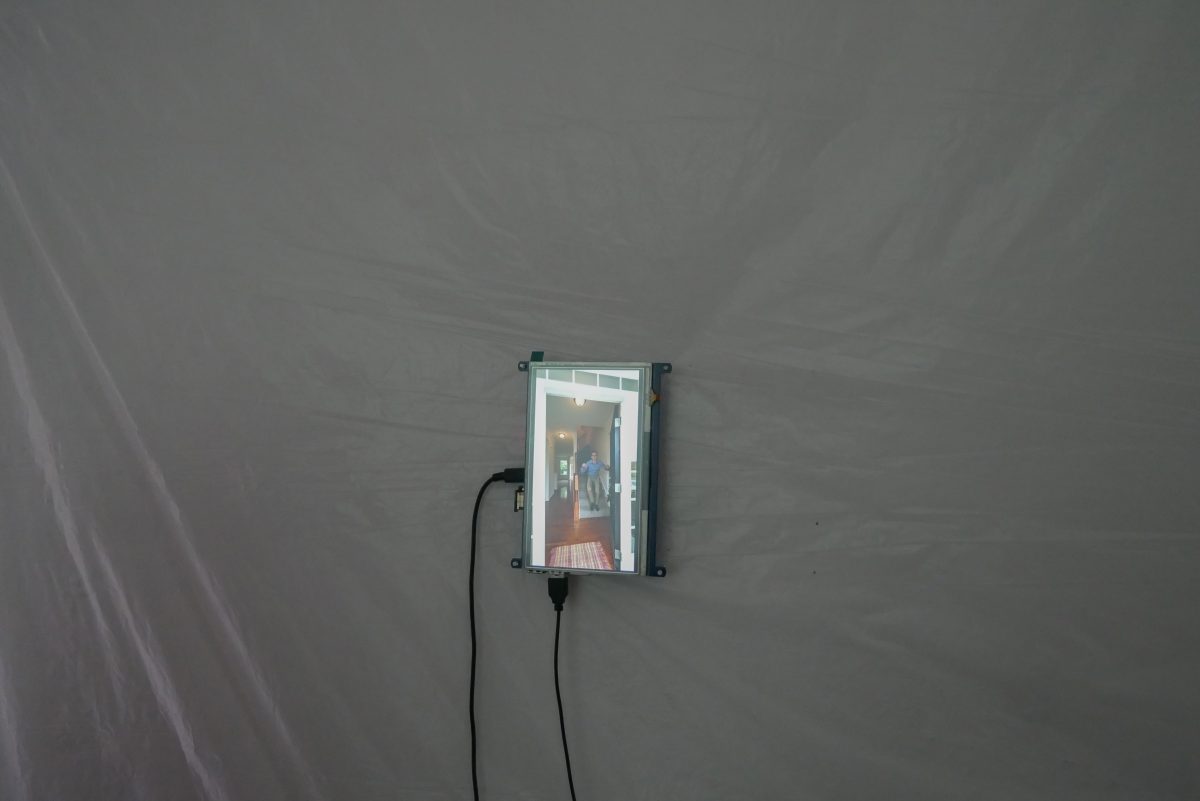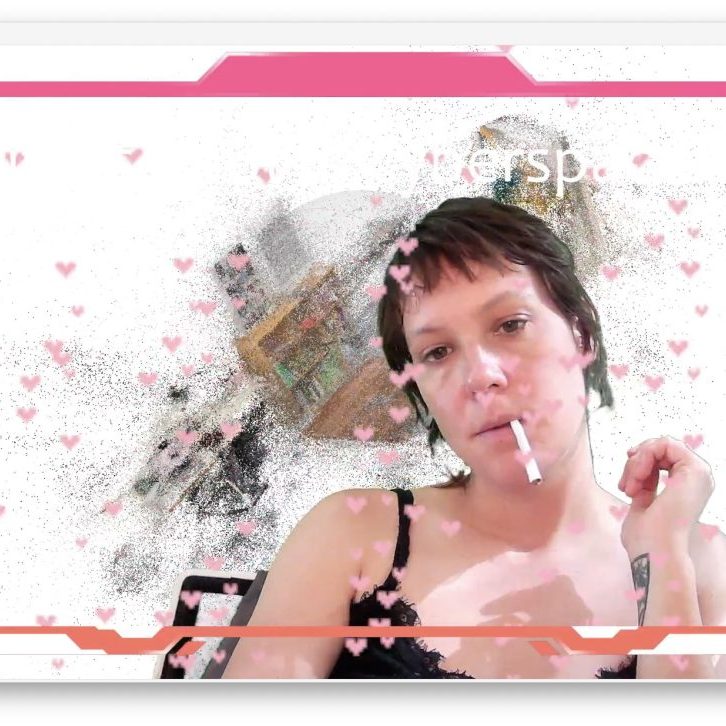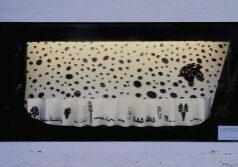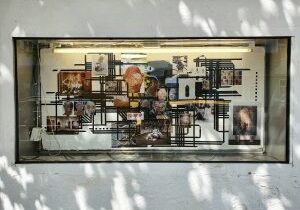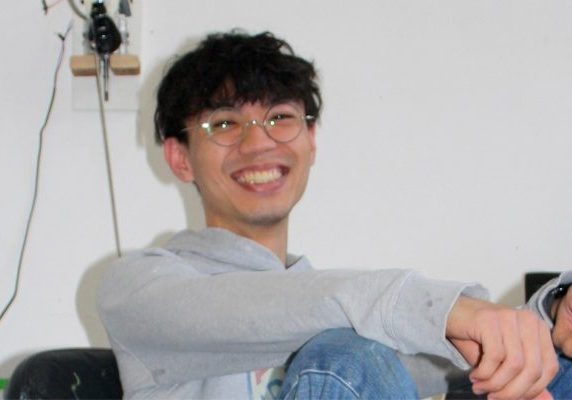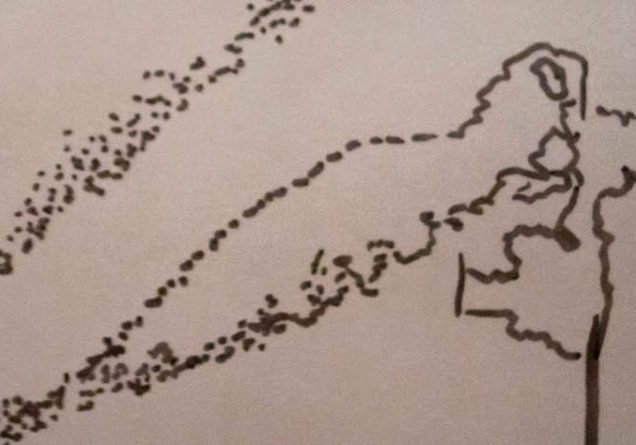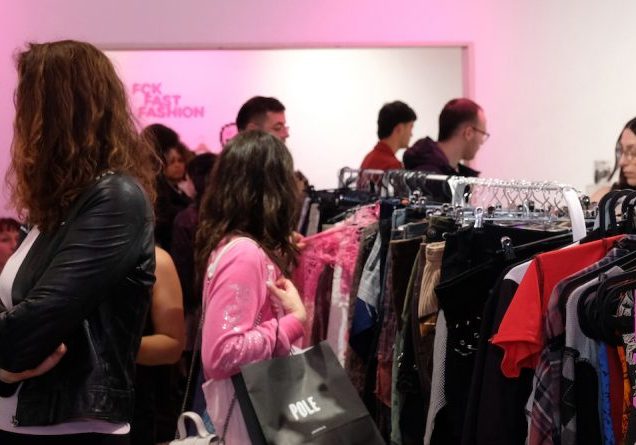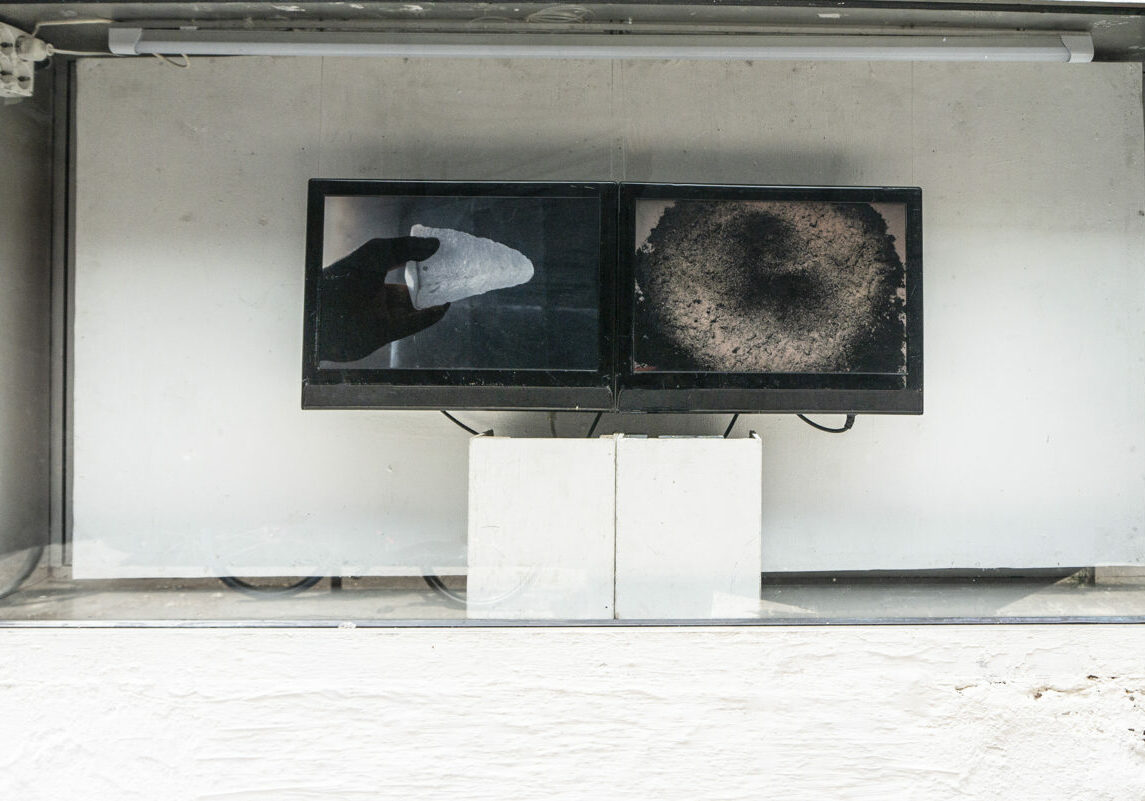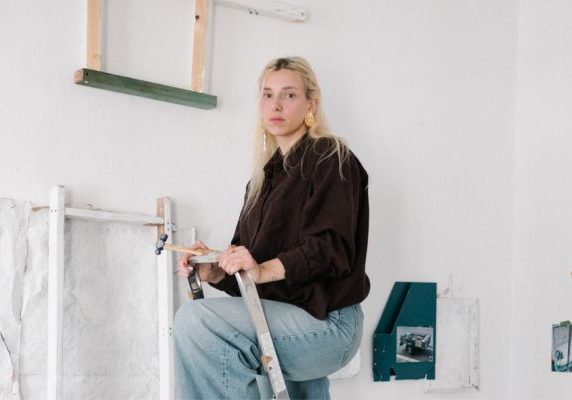Meet the Artist // Lotte Louise de Jong
Lotte Louise de Jong is a digital artist inspecting online intimacy and societal structures with subversive humor. Through digital media, she challenges how we shape our intimate selves online while critiquing inequality.
Can you start by telling us about your background and how did you start making art?
I started with documentary studies. I studied filmmaking originally, mostly because I was really interested in things that had to do with society and problems that arise.
After I studied documentary studies, I realized that I was more interested in the digital landscape. My father programmed a lot, my brother is a programmer, so I was in a household where we had computers from an early age, and it really influenced me. I was really interested in this and I realized that documentary film making was not necessarily the right medium for that. So, I did another bachelor in interaction design, unstable media, at an art academy. That is where I really got into my practice and into what I’m doing now. It’s still very research-based. I use different types of media, also not digital media sometimes. The kind of media I use depends on the subject that I’m dealing with.
After my second bachelor, I did a master’s in lens-based media. That was a bit more towards moving images again, which I still use a lot.
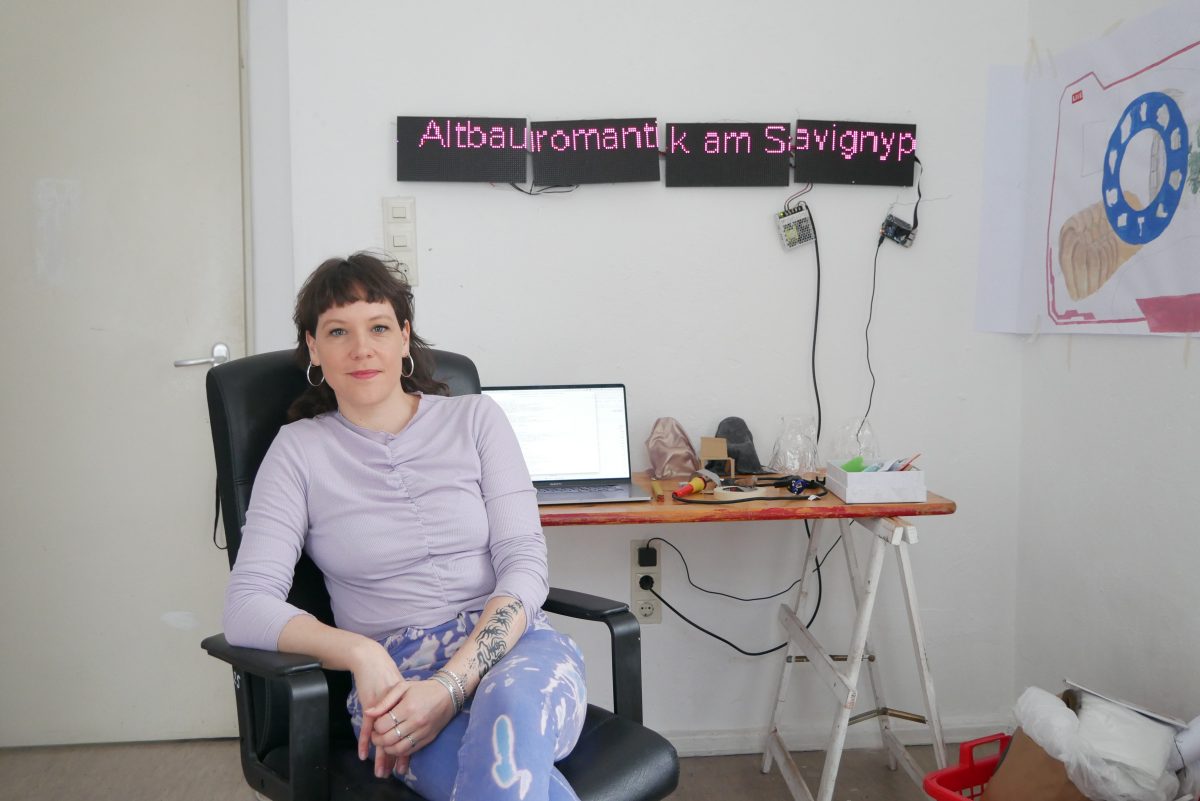
Do you have some anecdotes that had an impact on you or your career?
That’s a really hard question. When I started studying, I think what influenced my practice the most is when I was doing my bachelor in unstable media. I had a teacher who taught us about net art, and it still inspires me a lot. It’s quite a niche form of art, I think. It’s mostly browser-based, hardware or software-based. It still inspires me a lot, because it had a really big impact on how we use the internet or computers, but also it had a really critical approach to it, which I find very interesting. I think that inspired me the most, and still does.
And where do you take inspiration from for your subjects?
I think it’s changing a little bit, but during my studies I got really interested in sexuality and identity and digital spaces, and how we form and use these spaces.
I got really interested in pornography, mostly because it’s also one of the biggest uses of the internet and something that is not talked about that much. I am interested in the way it influences us, but also how we influence it. I got really interested in what different online trends on pornography say about society, because I feel they are very interlinked.
I still use that approach. My work is not explicitly about sex or porn, but more about what remains when you take that out of the equation. A lot deals with space. Somehow that’s a resurfacing thematic. Both digital space and physical space, online, are topics that come up again and again. The work I am doing right now is about real estate, so it also talks about space, but it talks about pornography as well, because real estate is also a genre in pornography. So it still uses this spatial setting as a form or a tool to talk about what’s behind it.
What about this shift of interests you talked about?
I did a lot about pornography and really focused also on the intimate side of it. And now I’m moving slowly a little bit more towards a critique of capitalism, that is still linked to desire but in a different way.
Now I’m talking about real estate, and I’m still using some elements of this desire, not sexuality, but this sort of carnal desire. But I’m not really talking about that anymore. It’s about a different subject.
Can you explain your process, step by step?
That’s also very difficult. Sometimes a funny thing pops up in my head and I think “I am going to do that”. I created a chatbot from all my WhatsApp messages. That was just something I wanted to do, and I did it.
For Open Studios, I thought it would have been cool if I could show new listings of real estate in the area where the exhibition is, and I did that. But sometimes my artworks are really embedded in research, especially my longer video pieces. I do a lot of research and often from that research, a sort of form pops up, and I decide whether I can use a desktop narrative or I can create an installation. Then, it’s mostly film, so it’s a more traditional part of me.

Why did you decide to join our residency?
Because it’s so amazing. I have been in Berlin before and I really like the artistic climate here and the opportunities that the city offers. I have some contacts in Berlin that I wanted to explore more, so I was looking to stay in Berlin for a longer period. I knew about GlogauAIR and I luckily got funded, because otherwise I couldn’t have afforded it. When I found out I got funded, I was really happy, because it offered me to stay here also for six months, so for a longer period. Like I said, sometimes it takes me a while because I do a lot of research, and three months may not be enough, so I decided to stay longer.
Are Berlin and the people here in GlogauAIR having an influence on your work?
At least for the Open Studios, I wanted to draw in my work some local things. So, being here, and of course talking about real estate, something that’s very precarious also here as a lot of people have a problem in finding houses. In that sense it influenced me, because I can use that in my work as well.
As for the people, I think it’s interesting to be with so many different artists that have very different approaches. They don’t influence me directly, but it’s still nice to be in an environment where people really focus on their practice. I think that is an inspiration and it also pushes me to be more productive.
Do you see a difference in the art scene between here and back home?
I think it’s way more lively here. There is a lot more happening, especially in new media. We have a couple of institutes in the Netherlands, but not that much as here.
I feel like there are more opportunities, maybe not funding-wise. Funding-wise, I’m really dependent on the Netherlands, but definitely for networking and seeing shows and meeting other artists there is a lot more.
What is your relationship with the art world, and what is the goal you have for your art?
I think I have a different relationship to the art world than most of the people here, because I never try to sell my work, I’m not very interested in selling my work, I’m very dependent on funding. I mostly get my money from funds, either research funds or production funds. I have a strong relation to this net art world, not necessarily new media. For example, there is a gallery here in Berlin that I showed my work at. In that sense I feel more embedded in the art world in Berlin than in the Netherlands somehow, which is really nice.
Do you think that art is able to produce some kind of change?
I do think so. Depending on what kind of art, I think it can be a tool to start a conversation or to be critical about things. I think it has more space. It can go further than having just a conversation. Sometimes it can highlight things that maybe are too difficult to talk about, or too personal, or too intimate, or too critical. I think art has this space to show something or talk about it in a more free way.
It would be bad if I said no, it doesn’t change anything. Especially now, it’s a hard period to answer that. It can definitely be a conversation starter, and I think that is already a really big thing.
What are your plans after the residency?
I’m going to go back to Rotterdam. I might come back next year, but I need to make some money, so I’m going to work for a bit. And then… I don’t know yet. It depends. I have some ideas, but it also depends on funding. Also in the upcoming months at GlogauAIR, I’m going to try and apply for some new funds to sustain my practice.
